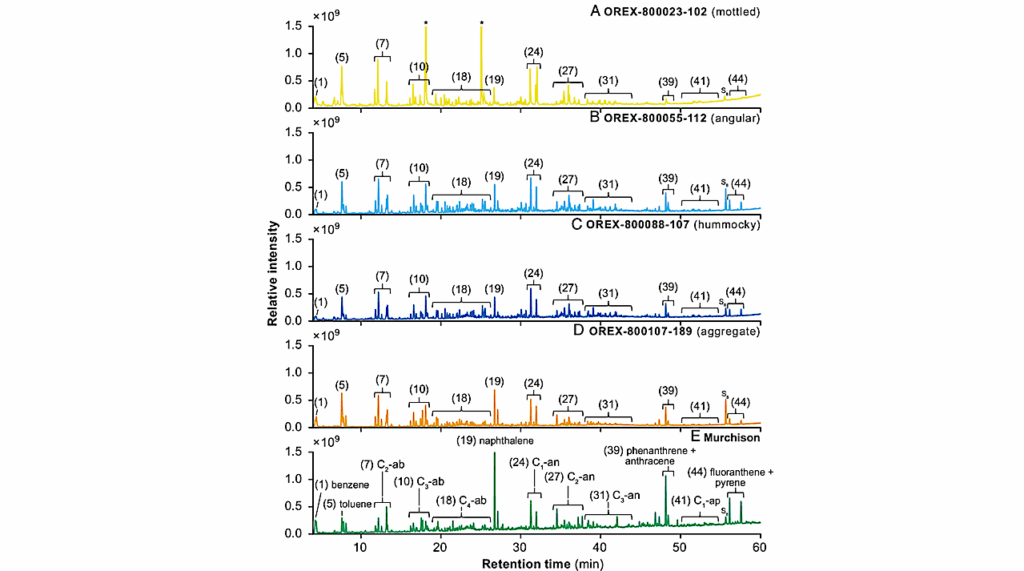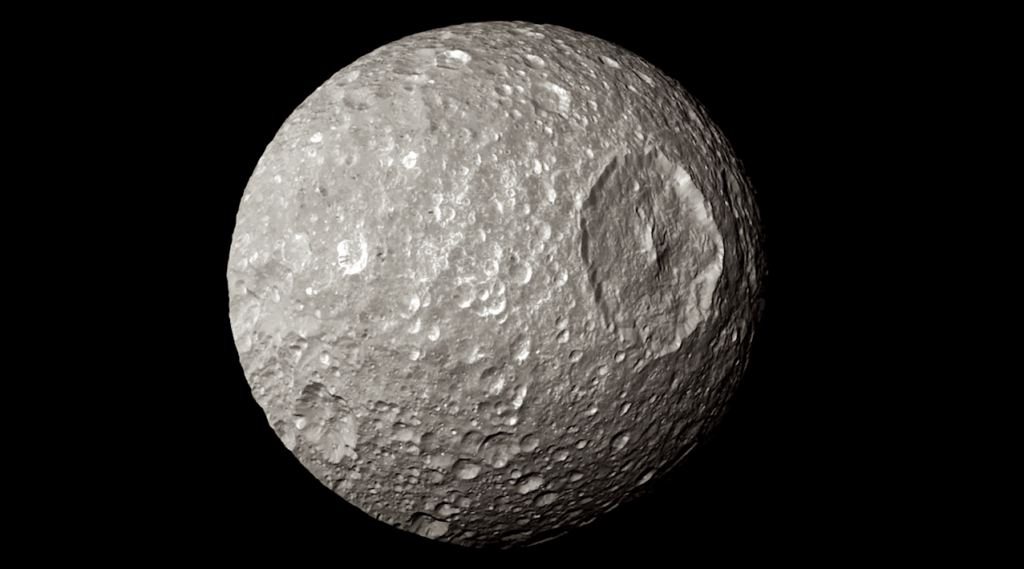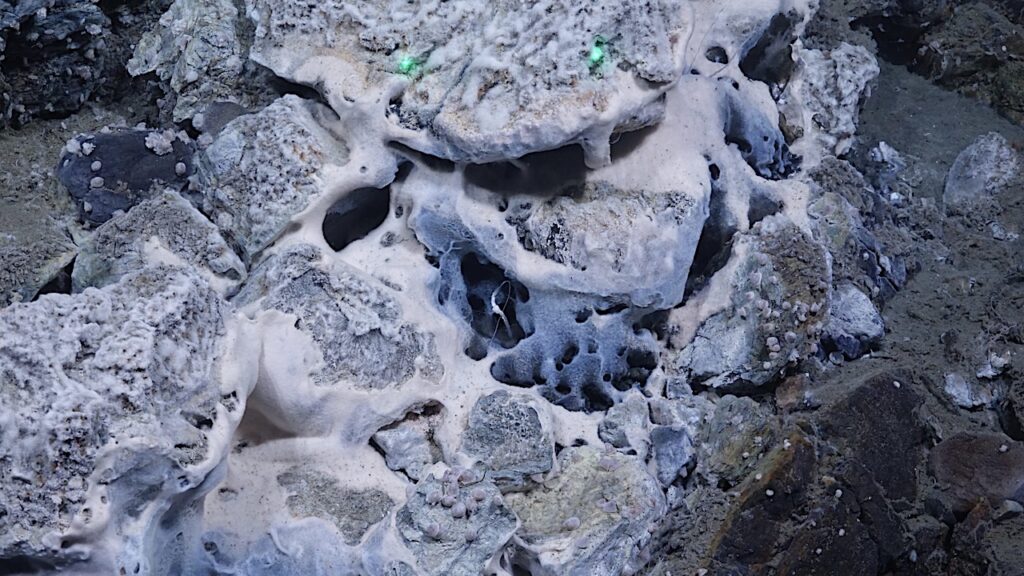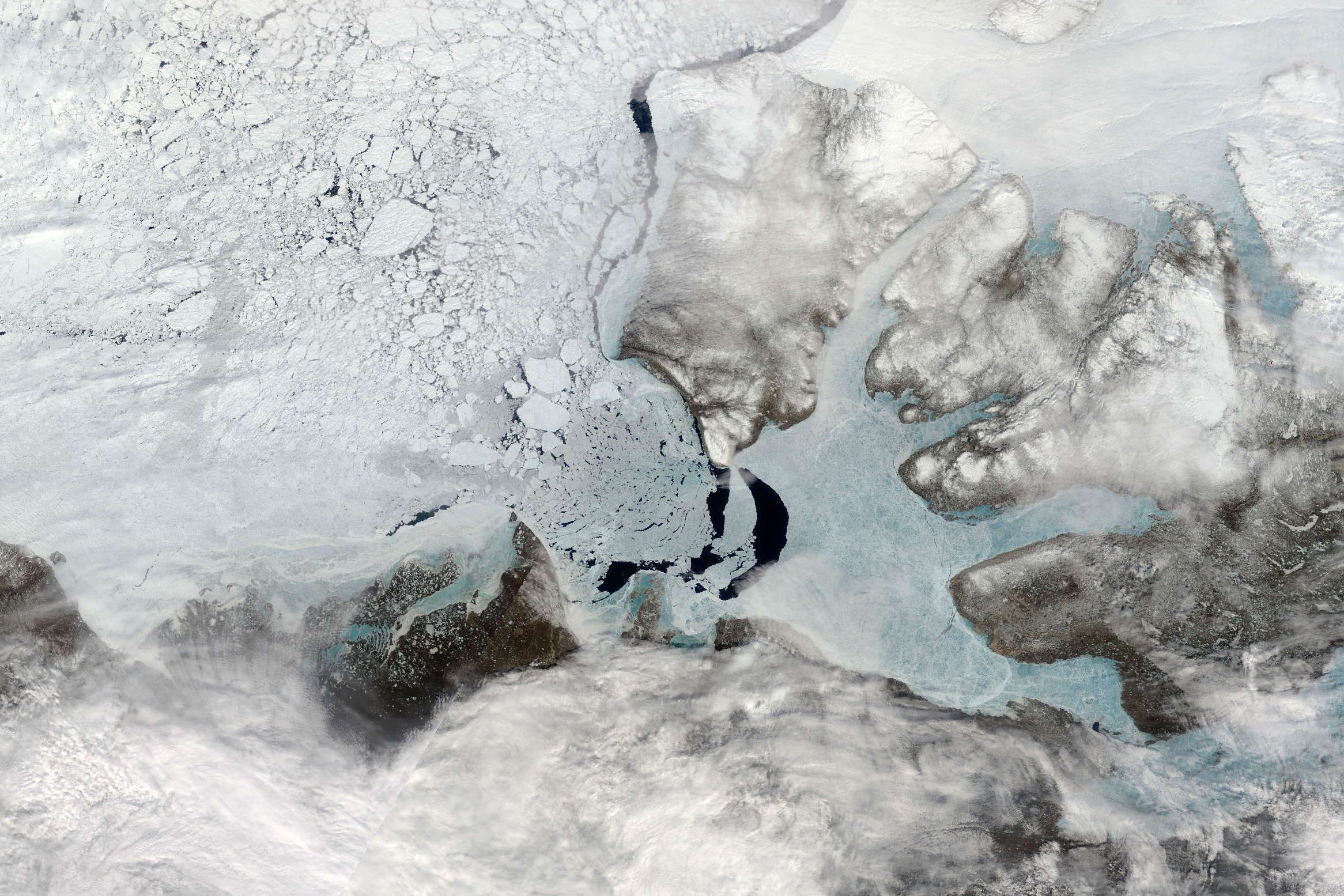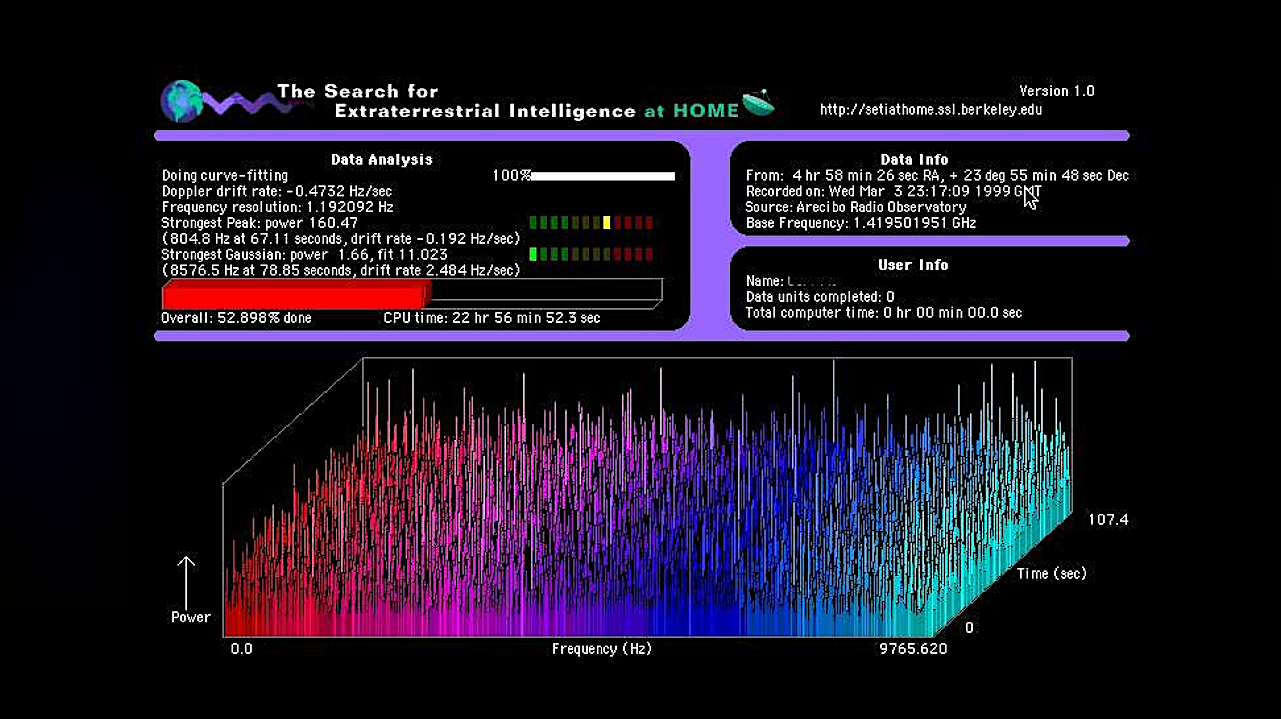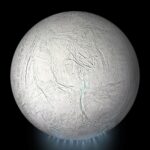Now Reading: Notable Progress In Understanding The Evolution Of The Terrestrial Planets
-
01
Notable Progress In Understanding The Evolution Of The Terrestrial Planets
Notable Progress In Understanding The Evolution Of The Terrestrial Planets
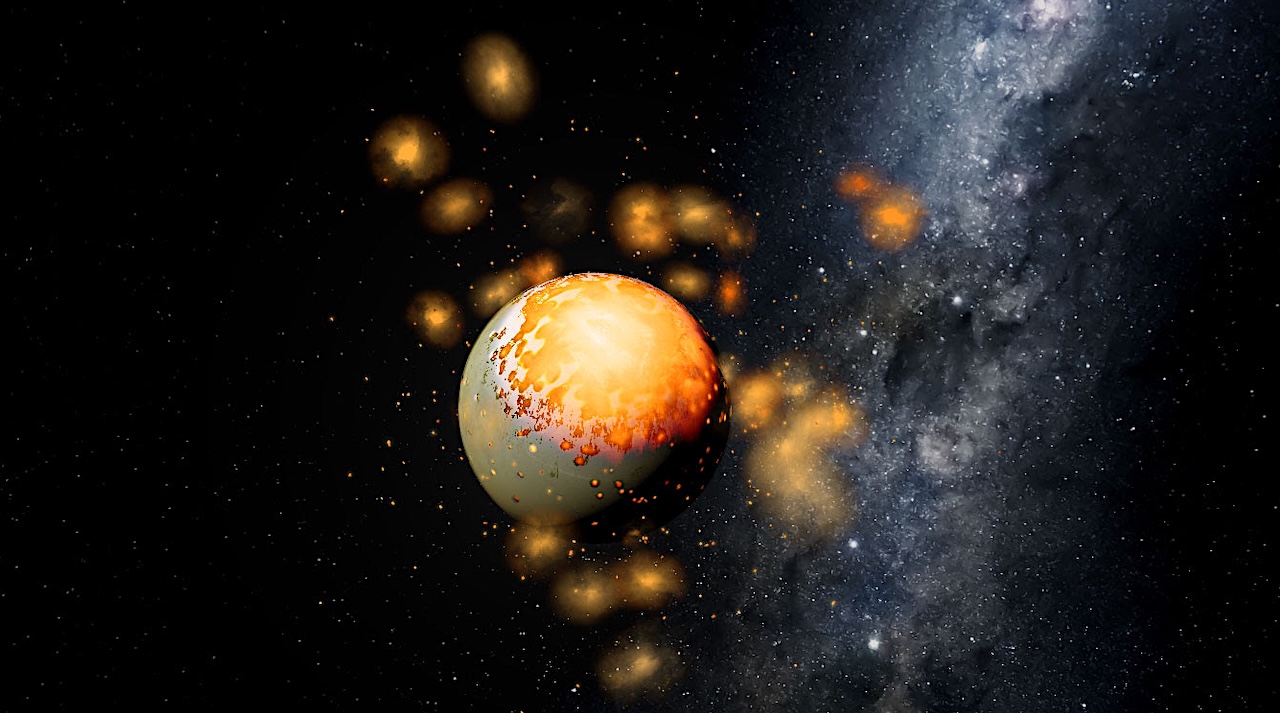

Impact history should play a crucial role in the search for habitable exoplanets like Earth — SwRI
An SwRI-led team compared the early impact history of Venus and Earth, determining that Venus experienced higher-energy impacts that created a superheated core. Models show these conditions could create Venus’ extended volcanism and younger surface.
Southwest Research Institute collaborated with Yale University to summarize the scientific community’s notable progress advancing the understanding of the formation and evolution of the inner rocky planets, the so-called terrestrial planets. Their Nature Review journal paper focuses on late accretion’s role in the long-term evolution of terrestrial planets, including their distinct geophysical and chemical properties as well as their potential habitability.
Solar systems form when clouds of gas and dust begin to coalesce. Gravity pulls these elements together, forming a central star, like our Sun, surrounded by a flattened disk of consolidating materials. Our terrestrial planets — Mercury, Venus, Earth and Mars — formed as smaller rocky objects accumulated, or accreted, into larger planetesimals and eventually protoplanets, when late impacts made critical contributions. The Earth was probably the last terrestrial planet to form, reaching about 99% of its final mass within about 60–100 million years after the first solids began to consolidate.
“We examined the disproportionate role late accretion — the final 1% of planetary growth — plays in controlling the long-term evolution of the Earth and other terrestrial planets,” said the paper’s lead author, Dr. Simone Marchi, of SwRI’s Solar System Science and Exploration Division in Boulder, Colorado. “Differences in planets’ late accretions may provide a rationale for interpreting their distinct properties. We made advances constraining the history of late accretions, using large-scale impact simulations and understanding the consequences of interior, crustal and atmospheric evolution.”

A new SwRI-led paper highlights the scientific progress made in understanding the evolution of terrestrial planets, including the effects of late large impacts on pre-existing modes of tectonics. For instance, the Earth experienced transient subduction, when one tectonic plate slides beneath another. Because Venus’ surface is covered by a single plate, a high-velocity impact led to a superheated core and long-lived volcanism. On Mars, a large, low-velocity impact facilitated variations in its hemispheres. Impacts also modify the atmospheres of terrestrial planets in profound ways, including eliminating or supplementing existing gases. — SwRI
A recent wealth of geochemical data from meteorites and terrestrial rocks has led to a better understanding of the formation of planets. With these advances, collisions and their various consequences have emerged as crucial processes affecting the long-term evolution of terrestrial planets. For instance, the tectonics, atmospheric composition and water of Venus and Earth appear to be tied to late accretion. The surface variability of Mars and the high metal-to-silicate mass ratio of Mercury are also associated with late large impacts.
“Impact histories should play a critical role in the search for habitable exoplanets like Earth,” Marchi said. “The habitability of a rocky planet depends on the nature of its atmosphere, which is tied to plate tectonics and mantle outgassing. The search for Earth’s twin might focus on rocky planets with similar bulk properties — mass, radius and habitable zone location — as well as a comparable collision history.”
Models provide insights into the total number and history of impacts, but geologic activity can obscure some evidence. The scientific community uses lunar impacts, additional observations and dynamic models to better understand and “constrain” the bombardment history of the rocky planets.
“The fate of an impactor’s material is crucial to understanding the target body’s physical and chemical evolution,” Marchi said. “We assess the abundance of certain elements that have an affinity for metal in the mantle and crust of planetary objects to understand the timing and processes that led to the formations of their core, mantle and crust.”
Impacts also modify the atmospheres of terrestrial planets in profound ways, particularly affecting the abundance of volatile elements, such as water and carbon, that easily vaporize. Collisions can blow off pre-existing atmospheres, or conversely, volatile-rich impactors can deliver these components to a planet’s surface and atmosphere. The abundance of volatiles provides insights into the formation, evolution and habitability of terrestrial planets.
“These processes almost certainly played a role in the prebiotic chemistry of early Earth, but their implications in the origin of life remain a mystery,” Marchi said.
The shaping of terrestrial planets by late accretions, Nature
Astrobiology
Stay Informed With the Latest & Most Important News
Previous Post
Next Post
-
 012024 in Review: Highlights from NASA in Silicon Valley
012024 in Review: Highlights from NASA in Silicon Valley -
 02Panasonic Leica Summilux DG 15mm f/1.7 ASPH review
02Panasonic Leica Summilux DG 15mm f/1.7 ASPH review -
 03How New NASA, India Earth Satellite NISAR Will See Earth
03How New NASA, India Earth Satellite NISAR Will See Earth -
 04And Thus Begins A New Year For Life On Earth
04And Thus Begins A New Year For Life On Earth -
 05Astronomy Activation Ambassadors: A New Era
05Astronomy Activation Ambassadors: A New Era -
06SpaceX launch surge helps set new global launch record in 2024
-
 07Space Force plans new ‘Futures Command’ amid pressure to speed up modernization
07Space Force plans new ‘Futures Command’ amid pressure to speed up modernization












